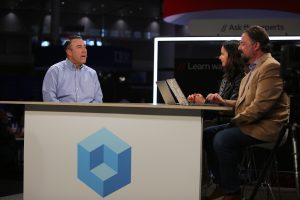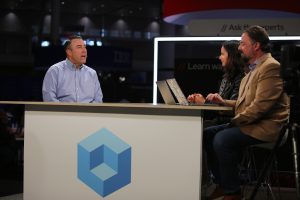Red Hat and Samsung Collaboration
Red Hat Inc. is addressing the challenges enterprises face in scaling AI infrastructure from experimental stages to production-ready solutions. The company is working closely with hardware and chip partners, most recently Samsung Electronics Co. Ltd., to optimize artificial intelligence and memory technologies in real-world enterprise environments.
Stephen Watt, vice president and distinguished engineer at Red Hat’s Office of the CTO, discussed the company’s open-source innovation and partnership with Samsung in an interview with theCUBE. “I think it all starts with large language models,” Watt said. “We’re moving from predictive AI to generative AI, which opens up new applications and use cases in training, fine-tuning, and inference.”

Red Hat’s partnership with Samsung focuses on enabling compatibility between reference architectures to support the emerging Compute Express Link memory market. The goal is to create an ecosystem where enterprises can confidently deploy AI workloads across hybrid infrastructure, particularly where performance and latency requirements make data locality critical.
As AI scales across edge, data center, and cloud environments, Red Hat is leveraging its distributed systems expertise to manage inference sprawl. The company is prioritizing engineering strategies that make institutional knowledge more accessible to AI models and exploring new architectural patterns for seamless model integration.
“It’s all about context,” Watt explained. “We’re seeing advancements in retrieval-augmented generation and fine-tuning, which are crucial for applying AI effectively in enterprise settings.” Red Hat continues to invest in upstream communities that support transparency, trust, and long-term viability for applied AI solutions, ensuring a steady pipeline of stabilized and safe software for businesses.
The collaboration between Red Hat and Samsung represents a significant step towards optimizing AI infrastructure for enterprise environments, addressing key challenges such as data access, system compatibility, and performance at scale.


